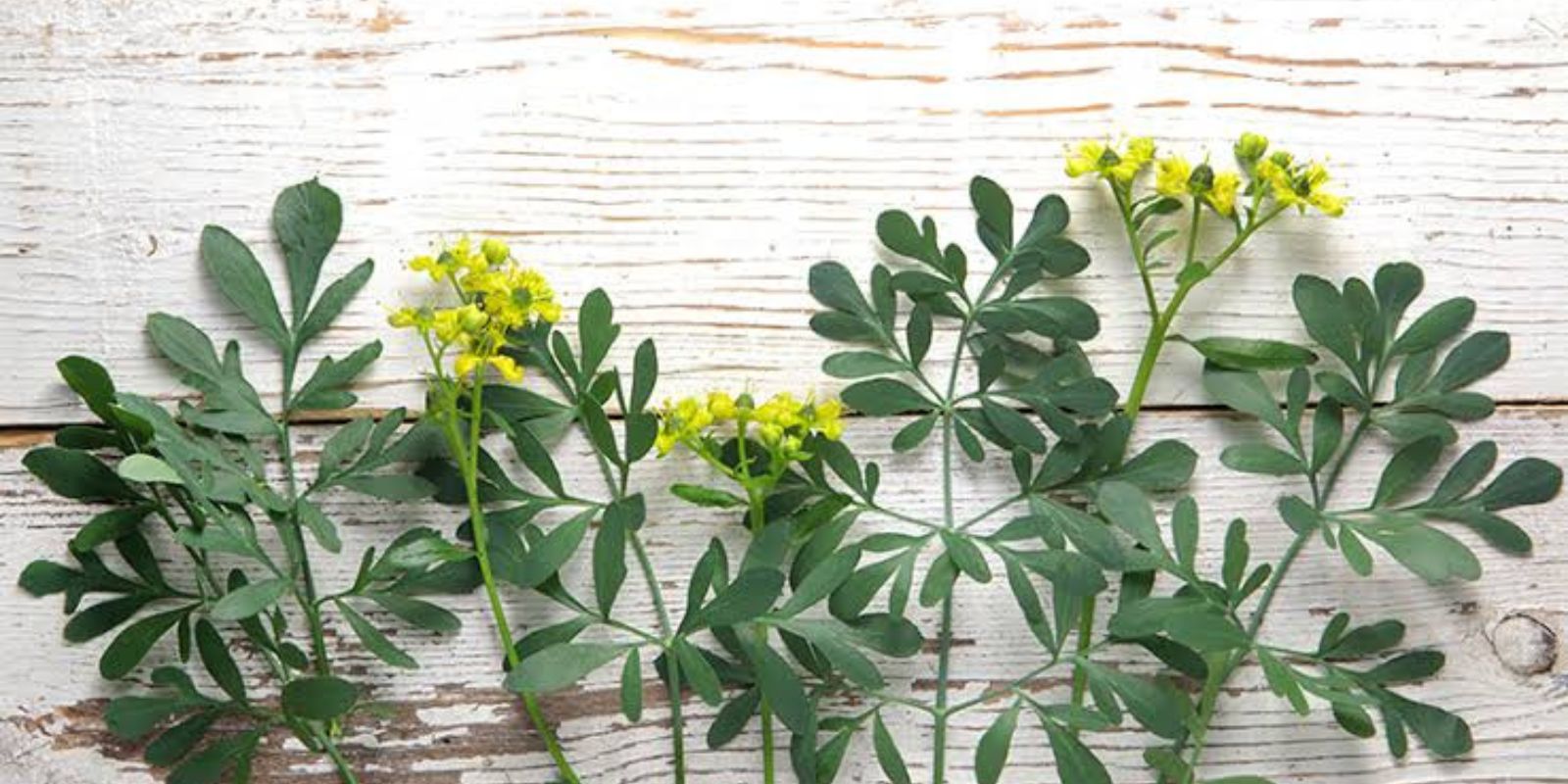Rue, known as Ruda in many cultures, is a versatile herb cherished for its medicinal properties, pest-repellent capabilities, and ornamental appeal. Originating from the Mediterranean region, rue is an ideal choice for gardeners seeking a hardy, low-maintenance plant that adds value to their garden ecosystem. This article provides a comprehensive guide to growing and caring for rue, ensuring a thriving plant that benefits your garden year-round.
Why Choose Rue for Your Garden?
Rue is not just any herb; it’s a powerhouse with multiple uses. Its aromatic leaves contain natural compounds that repel pests like whiteflies and mites, making it a natural pesticide. Additionally, its resilience in poor soils and adaptability to various climates make it an excellent choice for both beginner and experienced gardeners.
How to Plant Rue: Step-by-Step Guide
1. Soil Preparation
Rue is highly adaptable but grows best in specific soil conditions:
- Drainage: Ensure the soil is well-draining, preferably with a sandy mix. Rue doesn’t tolerate waterlogged soil, as this can lead to root rot.
- Organic Matter: Add compost or organic matter to enrich the soil. While rue thrives in poor soil, nutrients from organic matter encourage healthier growth.
- pH Level: Rue prefers slightly alkaline to neutral soil (pH 6.5–7.5). Test your soil and amend it if necessary.
2. Location and Sunlight
- Full Sun: Rue thrives in sunny locations, needing 6–8 hours of direct sunlight daily.
- Warm Climate: Being a Mediterranean herb, it prefers warm temperatures. In cooler climates, plant rue in containers to move indoors during winter.
3. Planting the Seeds or Cuttings
- Seeds:
- Sow rue seeds in early spring, once the soil temperature is at least 10°C (50°F).
- Plant seeds 1–2 cm deep, spacing them 30–45 cm apart.
- Cover lightly with soil and water gently. Germination typically occurs within 2–3 weeks.
- Cuttings:
- Take a healthy cutting (10–15 cm long) from an established rue plant in spring.
- Remove the lower leaves and plant the cutting in sandy, well-draining soil.
- Water lightly and cover the cutting with a clear plastic bag to retain moisture.
- Roots should develop within 2–3 weeks.
Care Tips for Rue Plants
1. Watering
- Young Plants: Keep the soil consistently moist during the first few weeks after planting.
- Mature Plants: Once established, rue is drought-tolerant and requires watering 2–3 times a week in summer. Reduce watering during cooler months.
2. Fertilization
- Use a balanced fertilizer, such as 10-10-10, in early spring and mid-summer. Avoid over-fertilizing, as rue can thrive in nutrient-poor soil.
3. Pruning and Maintenance
- Prune rue regularly to remove dead or damaged leaves and encourage bushy growth.
- Deadhead flowers to prevent seed formation if you want to control its spread.
4. Winter Protection
- Mild Climates: Rue can remain outdoors year-round. Mulch around the base to retain soil warmth.
- Cold Climates: Move potted rue indoors to a bright location with temperatures between 12–15°C (54–59°F). Water sparingly to avoid root rot.
Pest Control: Natural Benefits of Rue
Rue contains alkaloids and essential oils that repel many common garden pests, including:
- Whiteflies
- Aphids
- Mites
This makes rue an excellent companion plant for vegetables and flowers prone to infestations. Plant rue near tomatoes, roses, or herbs like basil to protect them naturally.
Harvesting and Uses of Rue
Rue’s leaves can be harvested throughout the growing season:
- How to Harvest: Use gloves when handling rue, as its sap can cause skin irritation in some people. Snip leaves as needed for fresh use.
- Uses: Rue is used in traditional medicine, essential oils, and even culinary dishes (in small amounts). However, it should be used cautiously, as high doses can be toxic.
Troubleshooting Common Issues
1. Yellowing Leaves
- Cause: Overwatering or poor drainage.
- Solution: Allow the soil to dry out and improve drainage.
2. Lack of Growth
- Cause: Insufficient sunlight or poor soil.
- Solution: Move the plant to a sunnier location or enrich the soil with compost.
3. Pest Infestations
- Rare in rue, but occasional aphids may appear. Spray with a neem oil solution to control outbreaks.
Propagating Rue for a Thriving Garden
Rue is easy to propagate, allowing you to expand your garden:
- Seeds: Collect seeds from mature plants and store them in a cool, dry place until spring.
- Cuttings: Propagate from healthy cuttings to speed up the growth process.
Why Grow Rue in Containers?
Rue’s compact size makes it ideal for container gardening:
- Use wide pots with good drainage.
- Place containers on sunny patios or balconies.
- Easily move plants indoors during winter to protect them from frost.
Conclusion: Cultivating Rue for a Rewarding Gardening Experience
Growing rue is a fulfilling endeavor for gardeners of all levels. With its natural pest-repellent properties, adaptability to various soils, and low maintenance needs, rue is a valuable addition to any garden. By following the steps outlined in this guide, you’ll enjoy the benefits of this versatile herb while creating a sustainable and beautiful outdoor space.
Have you grown rue before, or are you planning to try it? Share your experiences and tips in the comments! Let’s grow together.

